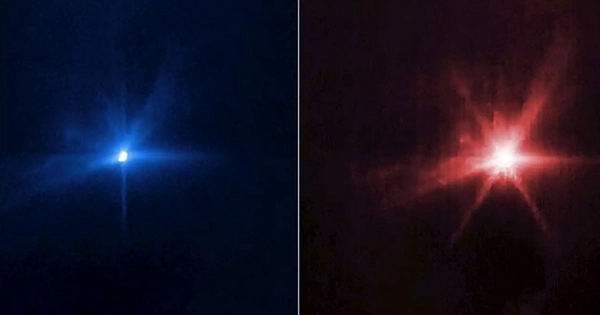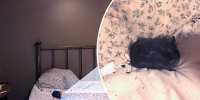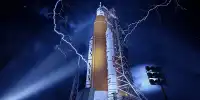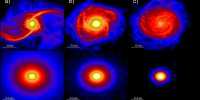DART, the first planetary defense test mission ever launched by NASA, made history this week when it purposefully collided with an asteroid to test the viability of altering an asteroid’s trajectory in the event that we ever need to divert any more space rocks from striking the Earth.
Following this test, in which the DART spacecraft successfully collided with the asteroid moonlet Dimorphos on September 26 at 7:14 PM ET, there have been many eyes in the sky and on the ground. JWST has provided us with the first images from space-based telescopes, though Earth-based telescope images and video have begun to trickle in.
Not the only space telescope turning to confront this important mission was JWST. Although we have not yet seen these photographs, Hubble was set up to watch as well. Data from NASA’s Lucy project, which was en route to explore the Trojan asteroids that circle Jupiter alongside it, will be released in October.
There are many more ground-based telescopes that are sharing their views of the collision until then.
Unfortunately, DART will no longer exist if the mission is a success, as this was always going to be the case. But now that the mission is over, science can begin.
The first before-and-after pictures of the collision have been captured by the Italian Space Agency’s LICIACube, DART’s companion until it was freed 15 days ago. The ultimate follow-up will be the European Space Agency’s Hera mission, which will reach the binary asteroid system in 2026 and conduct a thorough investigation of the impact of DART on Dimorphos. It will continue to provide photographs of the crater and perform some preliminary measurements.
















